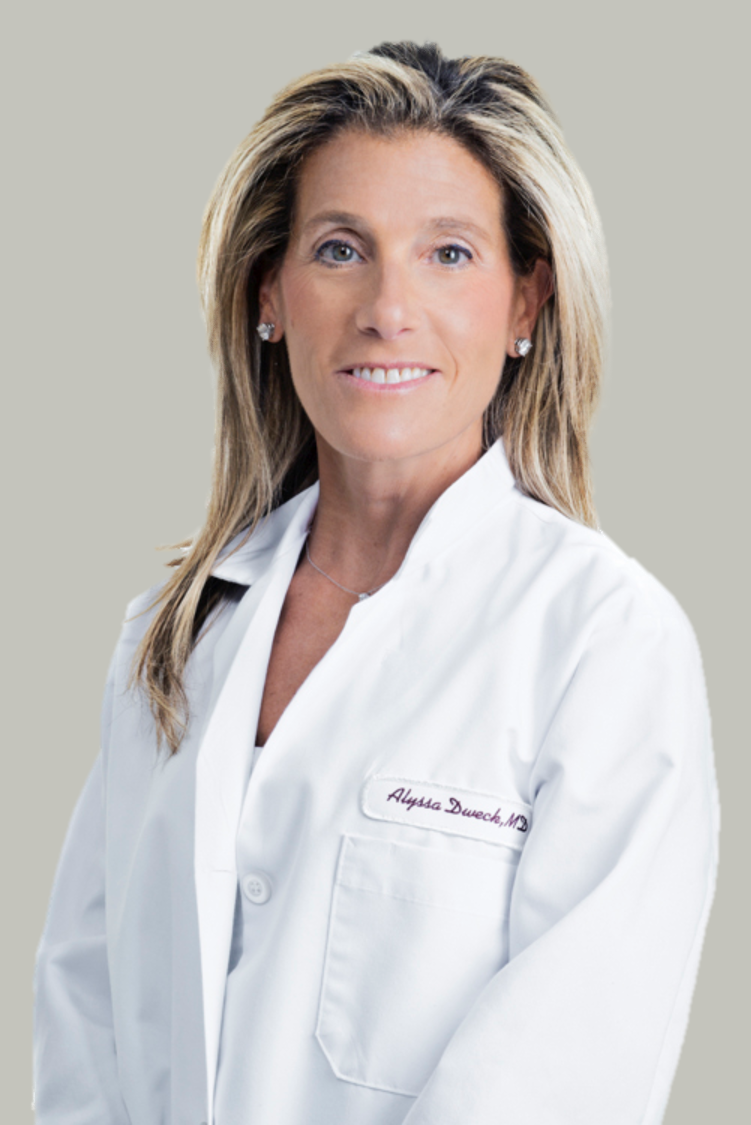If you are like most women, you have experienced a vaginal infection at some point in your life. The symptoms are all too familiar. Vaginal discharge, itching, irritation, odor, and painful sex can be hallmark. Common infections, like vaginal yeast infections or bacterial vaginosis, (BV) are certainly no fun. It may come as a surprise that there’s a potential connection between menopause and yeast infections, as well as BV. It’s possible for menopause to increase the risk of both.
We’ve covered the basics of bacterial vaginosis before, so here’s what you need to know regarding the main differences between BV and vaginal yeast infections, what the common symptoms of vaginal yeast infections are and what you can do to prevent them – particularly if you’re transitioning through menopause.
Vaginal Yeast Infections vs. BV During Menopause
It might surprise you to learn that hormone changes can increase the risk for both vaginal yeast infections and bacterial vaginosis during menopause. In fact, variable estrogen levels during perimenopause and super low levels during menopause are often to blame.
Vaginal yeast infections are due to an overgrowth of fungus, usually candida albicans, while bacterial vaginosis is caused by an imbalance of other bacteria species. In general, a healthy vaginal pH is acidic, ranging from 3.8-4.5. Lactobacilli, a type of good bacteria, which naturally resides in the vagina, helps to maintain this pH along with supporting a healthy vaginal microbiome. Lactobacilli produce lactic acid to accomplish this. With the hormone changes experienced during menopause come less lactobacilli, resulting in pH alteration, and a greater risk for BV or vaginal yeast infections.
Symptoms of Vaginal Yeast Infections
It’s important to understand that there are specific differences between vaginal yeast infections and BV. BV is typically caused by an imbalance of bacteria in the vaginal microbiome. Vaginal yeast infections, on the other hand, are caused by an overgrowth of the fungus, candida. Candida is a naturally occurring fungus in the vagina, and beneficial lactobacillus bacteria normally would help to prevent too much of it from growing and causing an imbalance. But, when lactobacillus levels in the vaginal microbiome decline with lower estrogen levels during menopause, the vagina can become more susceptible to candida overgrowth.
Candida overgrowth can cause the onset of disruptive vaginal yeast infection symptoms during and after menopause, including:
- Vaginal itching
- Thick or clumpy white vaginal discharge
- Swelling
- Burning or pain during sex
- Soreness
- Redness and a potential vulvar rash
What Can Increase the Risk of Vaginal Yeast Infections?
Yeast thrives in warm, moist, dark environments. Activities like swimming, sitting at the beach, and exercising can increase the risk for vaginal yeast infections, as women tend stay in damp, warm garments for longer periods of time, creating the ideal environment for yeast to thrive. Some of the other common triggers of vaginal yeast infections can include:
- Increased dietary sugar or alcohol intake
- Wearing wet bathing suits or workout clothing for prolonged periods of time
- Wearing synthetic undergarment material, including ill-fitting thong underwear
- Having sex
- Hormone-based medications, including the contraceptive pill
For women transitioning through menopause, a combination of hormonal shifts and the above activities seem to be a perfect recipe for vaginal yeast infections.
How to Prevent Vaginal Yeast Infections Before and After Menopause
There are several things one can do for vaginal yeast infection prevention. The following is recommended:
Take proactive steps. Change out of wet bathing suits and workout clothes as soon as possible to reduce risk of a vaginal yeast infection. Be mindful of highly chlorinated pools and hot tubs which might cause irritation to those who are sensitive. Lake, river and ocean water might also disrupt the microbiome in some instances.
Maintain vaginal pH balance. Boric acid vaginal suppositories have been popular for years both for the prevention of vaginal yeast infections and possible treatment. The word “acid” sounds scary, yes, but this option has been available for years and is well tolerated. Boric acid vaginal inserts, used cyclically or episodically, can help to acidify the vagina to maintain a normal, acidic pH and lessen the risk of infection. One caveat; boric acid is never to be orally ingested. Be sure to check with your healthcare provider before incorporating boric acid or any new over-the-counter treatments into your routine.
Modify diet choices. Be mindful of your dietary choices specifically, your sugar and alcohol intake. Ensure you’re getting adequate amounts of vitamin D, too (typically 800-1000IU/day): it’s essential for maintaining normal immune function and may help stave off infections.
Sex matters. It is vital to manage vaginal dryness and painful sex, which can result from low estrogen levels during menopause. Dryness can lead to tiny micro abrasions during sex and might increase risk of certain infections, including STIs. Regular use of vaginal moisturizers, such as Revaree®, or a minimally absorbed vaginal estrogen if appropriate, are helpful to address dryness.
Consider condoms. If you’re prone to BV or yeast infections or have multiple sexual partners, regular condom use can play a role in prevention of these types of infections. Semen can alter the vagina’s natural pH, making you more susceptible to infections. Coupled with the hormonal changes experienced during menopause, it may make sense to use condoms to mitigate the risk of altering your vaginal pH, since ejaculate is alkaline. This may also potentially reduce the risk of developing a vaginal yeast infection or BV.
Ditch the scented soaps. Hypoallergenic, fragrance-free, and dye-free products are favored for use on delicate, intimate skin. This might include body washes, soaps, wipes, and menstrual hygiene products. Douching is discouraged. Keep in mind, not all vaginal symptoms are due to infection, but occasionally they are due to external irritants. Chlorinated pools and hot tubs are often an inciting factor in addition to highly scented products. Avoidance of these potential irritants may be needed, at least temporarily, until symptoms resolve. This is particularly important for those with sensitive skin and those prone to infection.
What About Vaginal Probiotics? Can They Support Vaginal Health?
Vaginal probiotics are specifically designed to help support vaginal health and the unique vaginal microbiome. Probiotics targeted toward vaginal health differ significantly in both the types and amounts of lactobacilli strains included in them, as compared to probiotics geared solely toward digestion. There are other beneficial ingredients included in vaginal probiotics to look for as well, for example lactoferrin – which is a prebiotic, along with specific oral capsule formulations, which are beneficial for best absorption.
Yeast Infection Treatment Before and After Menopause
In most cases, treatment of a yeast infection is straightforward. Yeast infections are typically treated with an antifungal cream, suppository, or oral prescription medication. Antifungal creams and suppositories are available over the counter in the form of miconazole. Others are available by prescription, including terconazole. Fluconazole is an oral medication available by prescription. Other prescription medications are available for those suffering recurrent yeast.
Diagnosis of a yeast infection for the first time is best confirmed by a healthcare provider. While iconic symptoms such as intense itching, thick, white vaginal discharge and lack of fishy odor are usually suggestive of yeast, any concern or confusion should prompt evaluation and potential culture to rule out another issue.
For those prone to recurrent yeast, preventive measures, alongside treatment are often incorporated.
When Should a Women Seek Medical Attention?
It is best to check in with your HCP for recurrent, persistent or worsening symptoms especially if they are not responsive to over-the-counter remedies. From time to time, this can suggest a more concerning medical issue. Certain vaginal infections are common, particularly during menopause. Being proactive to prevent and manage intimate care can be the key to staying comfortable and infection-free!









Comments
Post commentGood information
This articles is so complete and useful. It answers many questions. Especially for persons that
have mentioned that Revaree has caused them infections. Good to keep in mind. Thank you.